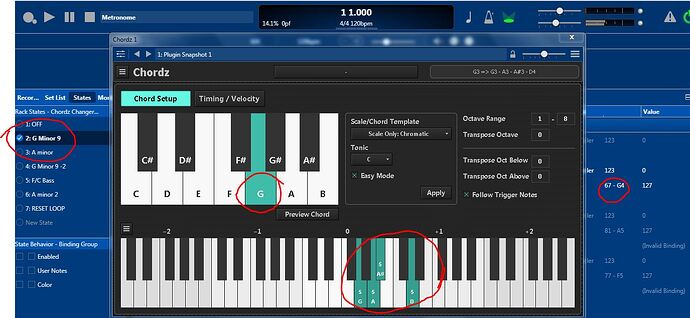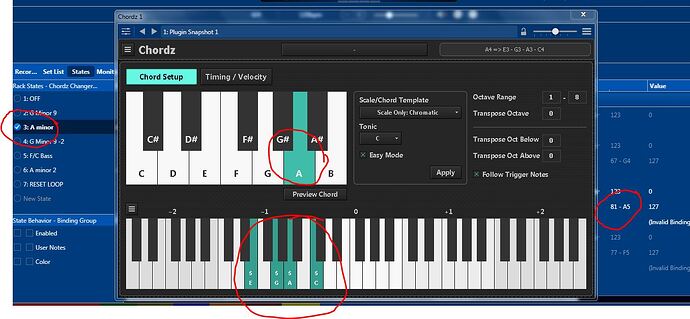Akai MPK249 & MPK261 – MPK225 with pruning
Here is every knob, slider and pushbutton (all three banks) mapped to Rack MIDI Outputs.
Now ALL THREE banks of knobs, buttons and sliders are included, plus the transport (as MIDI CC), pitch wheel, mod wheel, aftertouch, program change and notes on/off.
(No pads - that is handled in a separate rack I’ll upload later on. Also note: No pedals (place those in their own rack with the others in your rig as a best practice for ease of reassignment.)
You can make changes the embedded rack (which contains the bindings) to use in other variations of the rack by making changes to a copy (remember that if you change a name of a MIDI Output Port in the main rack you’ll need to change it also in the Bindings for the embedded rack). To fully understand what is happening here, see the article cited below.
This rack uses the Akai Factory Preset #24: MIDI Out as the preset for its controller numbers.
Bindings to the Play, Stop and Auto-Record-Toggle buttons on the MPK exist - set Transport to MIDI CC in the Edit menu. Mod wheel, pitch bend and aftertouch are also mapped to Rack Midi Outputs via the bindings.
Torsten recommends separating pedals (sustain, expression, etc.) into their own rack, and I agree, so no pedals were included. Easy to add them if you want, or make a new customized Pedals and Expression-Pedals rack! 
You will likely want to edit this to customize it to your own requirements. Send the rack’s “MIDI Out” to some synth and use that synth’s “MIDI Learn”. You can alter the embedded master to send to multiple locations and channels. You can send any of 16 channels from the embedded bindings out the parent rack’s “MIDI Out” and all signals will arrive properly via the racks Rack Midi Out port(s).
You can have many of these parent/child racks as copies with different settings set up to switch to the desired rack via states, or use states to change these settings internally.
Generic Embedded MKP249 Controllers.cantabileRack (249.4 KB)
See this post and its associated thread for more information on the use of this pair of racks (your parent and the above master rack). This is the zip containing the examples from that article.
My MIDI Controller and Very Much Etc.zip 4 (3.4 KB)
Enjoy!
Terry








 , it was yet another opportunity to see if Cantabile could do what you had conceived and make it work smooth and the audio you posted sounds just great, like a keyboardist playing chords. I’m glad I got in on it and that it’s a happening thing! I look forward to your other creations …
, it was yet another opportunity to see if Cantabile could do what you had conceived and make it work smooth and the audio you posted sounds just great, like a keyboardist playing chords. I’m glad I got in on it and that it’s a happening thing! I look forward to your other creations …